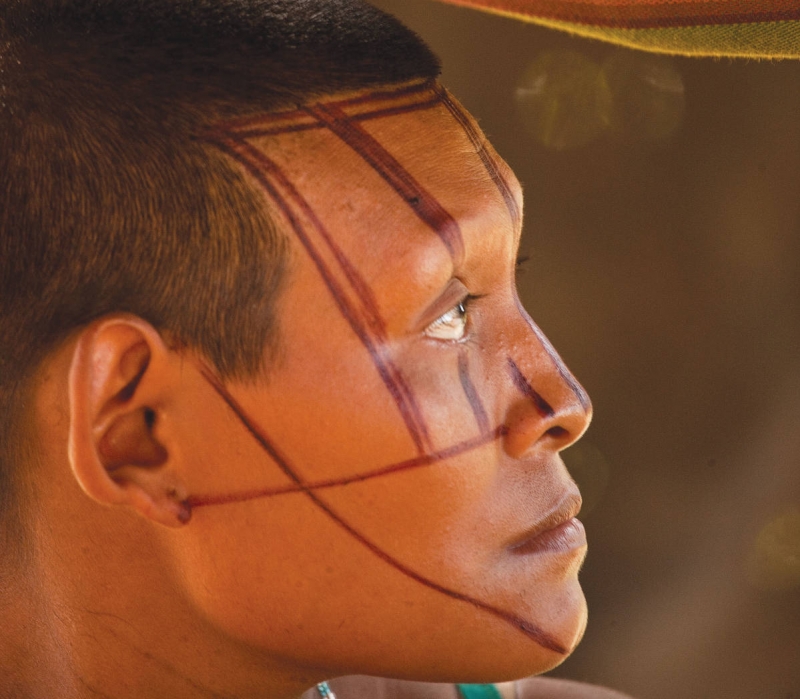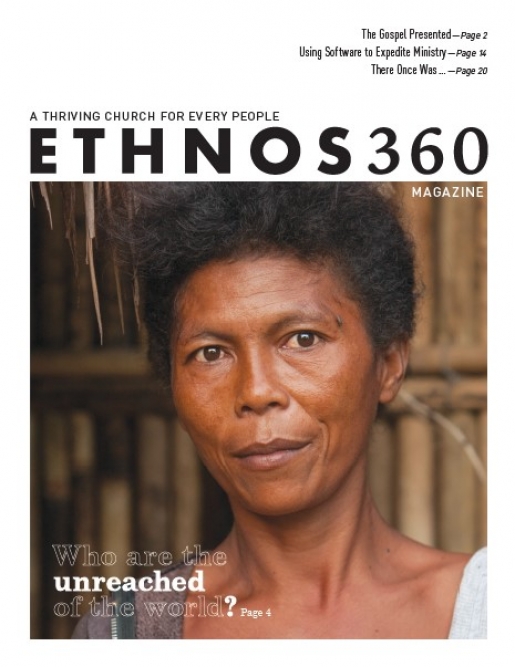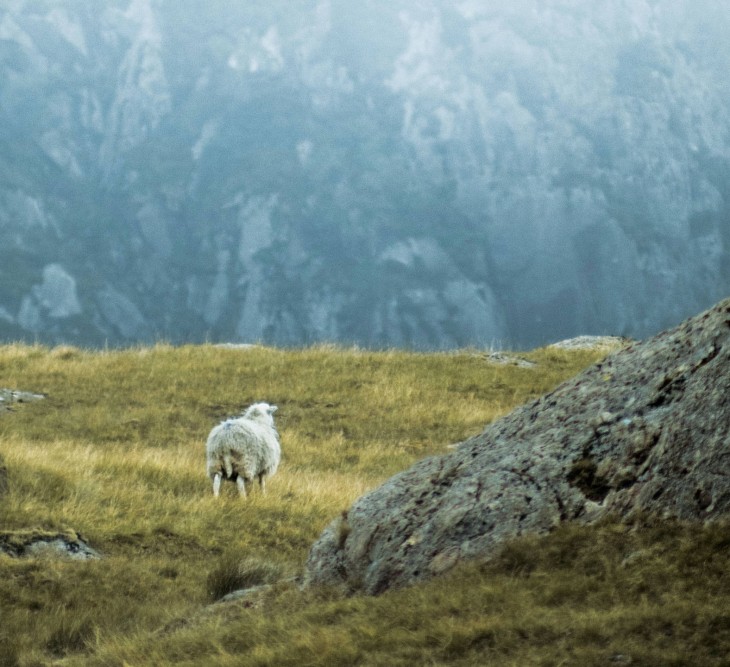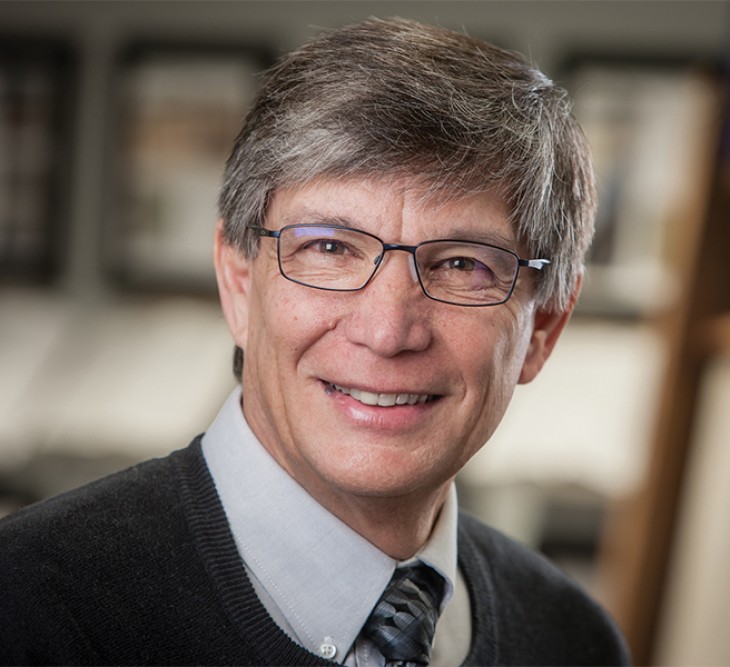Who are the unreached of the world?

Download/print this article as a PDF.
Why do Ethnos360 missionaries go to specific people groups to tell them about the God of the Bible and yet not to others? What or who determines where Ethnos360 will send missionaries?
What is a people group?
To answer that, we need to get a few definitions cleared up so that we are all on the same page. The first one is people group.
A people group is an ethnolinguistic group. That means a group of individuals, families or clans who share a common language and ethnic self-identity.
This definition comes as a result of research that uses linguistic features as a primary identification. It also recognizes that there could be some dialectal differences within the language. We would also consider some additional factors (beyond just language difference) which are considered significant barriers to the gospel message getting into the group with clear understanding. Some of these include deafness, political barriers and significant cultural differences.
Using this approach there are around 11,000 total people groups with more than 6,500 usually listed in various categories of unreached.
Who are the unreached?
And that brings us to another term that we need to define: unreached.
We define unreached people groups or UPGs as people groups without adequate access to clear, culturally relevant teaching of the gospel in the language they know best (their heart language). It also includes groups that, once hearing the gospel, are without ample opportunity, as a body of believers, to grow to maturity in their knowledge of Christ.
And the question could arise, “But since there are so many Bibles or radio stations or online sources of information about the gospel, why do we even need to consider the ‘unreached’? Can’t they ‘find’ what they need on their own?”
Those are good questions, but these are complex situations. There are so many places in the world where there are no Bibles, where there are no radio stations, where there is no access to the Internet nor is there the technical know-how to access it if there were. Besides these obstacles, as noted above, there are barriers of culture or tradition or politics that inhibit the access or understanding of the gospel.
Amazingly, it is not only in the dark jungles of Africa or the Amazon or the craggy mountains of Papua New Guinea where there are unreached people groups. They can be found in refugee camps, in the middle of huge cities and in rural areas. (Be on the lookout for the June issue in which we will give you even more information about the changing context of cross-cultural ministry.)
To be clear, an unreached people is not the same as a biblically illiterate people. Biblical illiteracy has increased around the world and even in our own country. Fewer and fewer people in the USA have basic knowledge of the Scriptures. However, for most (but not all) in the USA, there are opportunities to hear the gospel—whether through a local church, radio, television or even downloading a free Bible in their native language. There are innumerable valuable ministry opportunities. But these are not the focus of Ethnos360. Ethnos360 focuses on unreached people groups.
I think the Apostle Paul had something of the same idea of going to the unreached people groups when he wrote to the Christians in Rome. In Romans 15:20-21, we find Paul saying, “And so I have made it my aim to preach the gospel, not where Christ was named, lest I should build on another man’s foundation, but as it is written: ‘To whom He was not announced, they shall see; and those who have not heard shall understand.’”
And toward that end, Ethnos360 works alongside global partners to continue this work: to allow those who have never had that chance of knowing Christ to see Him and to understand what He has accomplished for them.
What is a people group assessment (PGA)?
And how does Ethnos360 decide where to send missionaries? Is it a flip-of-the-coin decision? No, indeed. The reason missionaries are sent is that the people group is unreached. To determine a group’s “unreachedness,” there is a very specific list of criteria that must be met. That list of criteria is called a people group assessment and is a time-consuming task. That gives us yet another term to define: people group assessment (formerly called survey) or PGA. This is the process of gathering information about ethnic people groups in order to help field leadership teams know how best to serve the Church in deciding where to place missionaries and in what capacities.
The three stages of PGA are pre-assessment (information collected before the survey), rapid assessment (an on-site overview of the people group) and comprehensive assessment (a more extensive on-site assessment). For more in-depth information on the three stages, see the sidebar.
Once the PGA has taken place and an unreached people group has been identified, what needs to take place? How do we go about planting a functioning church in a cross-cultural setting? Remember what Jesus said: “Go therefore and make disciples of all the nations, baptizing them in the name of the Father and of the Son and of the Holy Spirit, teaching them to observe all things that I have commanded you; and lo, I am with you always, even to the end of the age” (Matthew 28:19, 20) This isn’t a suggestion or even just an invitation; He used the command form. So, how is it accomplished in a setting that is so foreign to our culture and to our language?
Once a people group assessment is completed and the determination is made that, yes, a specific people group truly is unreached, then the missionaries take the next step of seeking to see that unreached people group become reached. The Kaje people group until recently were such an unreached people group. Praise God that they have now become reached. Here is their story … so far.
The Missionaries Prepare for the Teaching
Taylor and Abby Goheen and Jon and Jen Myers, who serve through Ethnos360, began living with the Kaje in 2015 to plant a church among them. Christopher and Lilli Meyer, with Ethnos360 Germany, joined the church planting team in 2019.
It would take much preparation before they could begin teaching. Developing relationships, several years of studying culture and language, developing and teaching a literacy program, translating the Scriptures into the Kaje language and developing Bible teaching lessons all preceded the teaching itself.
As Taylor and Jon developed the Bible lessons with three Kaje men, they could see God working through His Word. “I can already sense the fight within them of having to decide whether or not they will hold on to what they are hearing,” observed Taylor.
Finally, the day came when teaching could begin.
A foundation of biblical truth was built layer upon layer, starting with Creation itself. Taught directly from the translated Scripture, the people learned where the sun, moon, stars, land, sea, animals and even where they themselves came from. It would take several layers of teaching before the Kaje were introduced to Christ in the New Testament.
Why would the missionaries need to go so far back to preach the gospel? And why would they need to teach four days a week for three and a half months? Couldn’t they simply translate a gospel tract into Kaje? Wouldn’t it suffice to tell them that they are sinners and must trust Jesus for their salvation? Even in our own culture, this approach has significant challenges. But to people of an animistic culture who previously had none of the Scripture in their own language, the barriers to comprehension would be exceedingly high. Think of the concepts that need to be unpacked: What is sin? Why is He the God above all others? What is justification? Who is Jesus and why do we need to trust Him? And salvation from what?
Taylor, emphasized the importance of laying the groundwork for teaching. “One of our goals in sharing the gospel here is that we do so in a way that will also lay a biblical foundation for the church to one day stand on.”
.jpg)
The People Prepare for the Teaching
“The Kaje people can hardly wait for the teaching to begin!” Christopher exclaimed. “So many times they’ve told us of their fears [of sorcery] and that they are completely hopeless and that only ‘God’s talk’ will be able to change that.”
Demonstrating how important the Kaje believe the teaching to be, they prepared large amounts of sago (their main food) in advance for the time of teaching. This was not their normal way. The people tend to live day-to-day. And yet, they did this on their own initiative.
Additionally, they built a “sharing house” the month before the Bible teaching started. This temporary, open-air shelter of almost 3,400 square feet would shield them from the sun and rain during the teaching.
God’s Character Manifested from the Beginning
After a few introductory lessons explaining that the Bible is God’s message to all humanity and that it tells us what God is like, Taylor and Jon began teaching from Genesis 1.
God’s power and love was on display as the people grasped that He created all things that exist.
The follow-up lesson — the creation of Eve and another regarding the two trees in the Garden of Eden — grabbed the listeners’ attention. They had previously encountered bits and pieces of Scripture in another language and picked up a wrong understanding. Now they learned that, before the Fall, work was not toilsome. Nothing was bad — no sickness, no pain, no fighting.
Moses, a Kaje man, upon discovering the results of the first family’s choice, had this to say: “I am so mad at Adam and Eve. If they were still alive, I would beat them up.”
Not surprisingly, “this is a very big and real deal for the Kaje,” Abby pointed out. “They work and toil daily for survival. They literally eat and live by the sweat of their brow. Nothing comes easily here in Kaje.
“They are very eager to hear why things are different for us today. … We are seeing God’s work in their hearts already!”
.jpg)
Estranged from God
As the missionary team continued laying foundations of truth from Genesis, the Kaje learned not only of the Curse but also of their estrangement from God. Francis’ concerns summarized what others were thinking. “Sin is in us, and we have a huge heavy with God because of our ancestors Adam and Eve.”
“We talked about how sin is right there just waiting to control you,” Abby continued. “It is not just this dormant thing that we do not have to worry about. No, it’s right outside your door, it’s hiding on the path that your feet will walk, it’s just waiting for the right opportunity to pounce.”
After the teaching that day, a distraught woman approached Abby; she was overcome with worry and grief because of her sinfulness. Abby told her to “hang on and keep listening because this is not the end!”
Excitement grew among the Kaje and the missionaries. Abby voiced, “My heart is bursting with excitement for her and all the Kaje to know that Jesus has paid the price for their sins, that sin does not need to control them and that in Him they can be cleansed and made righteous.”
Like the People in Noah’s Day
The missionaries taught about sin multiplying in the world. They recounted from the Scriptures how Cain tried to hide his sin. Lamech boasted about his sin. And the people of Noah’s generation thought of nothing but evil. The Kaje continued to recognize their sinfulness and their need for a Savior. Some even said that they were just like those of Noah’s day.
“The Kaje also heard that there is a road for their salvation. Not lots of different roads, but one,” Abby said. “They were challenged again with, ‘Are you going to be like Noah and listen to God, or are you going to go your own way?’”
The weight of their sin was driving them to their Savior. A Kaje man named Ananias declared, “God saved Noah all the way. I cannot wait until I hear how God is going to save me all the way.”
Similarly, Cecilia, a Kaje woman, stated, “I am going to be like Noah and do whatever God says. I will not be like the people who did not get in the boat.”
In addition to God’s Word showing their sinfulness and leading to their contrition, they also saw God’s power manifested. “God alone sends and calls off the rain,” Abby said. “Here in Kaje there are men who ‘call’ the rain [through spirits], so this truth was a very hard thing for some to hear. Yet all the responses we heard today were spoken from humble hearts.”
.jpg)
Hints of a Future Redeemer
God promised to bless all the nations through Abraham, including the Kaje people. Taylor explained that, through a descendent of Abraham, God was going to take care of the sin that had enslaved the Kaje.
The message was getting through. “As Taylor was reading these things, I saw a man nodding his head … with a big smile on his face and silently clapping his hands together,” said Abby. “I can’t help but think that [he] has truly felt the weight of his sin and that he cannot wait to be free from it. I also do not doubt that he is the not the only one feeling this excitement at this glimpse of hope.”
In the Wilderness
Lessons continued from Abraham and Isaac, through Jacob and Esau, to Joseph and then on to Moses. The teaching emphasized to the Kaje, first, that God does help His people, not because they deserve His help but because of His great love for them; and second, that God’s character never changes. He is faithful.
The missionaries specifically requested prayer “that the Kaje people will see God’s love for them and that He doesn’t love us because we are good. He loves us because we are His.”
Like a Beautiful Tapestry
“God’s story of redemption is like a beautiful tapestry woven together with so many intricate pieces of thread, making up one large, beautiful piece,” Abby said. “Without those individual details, that picture would not be complete. The stories throughout the Old Testament are just like those pieces of thread, weaving together to present a beautiful picture of God’s love for mankind. Without these stories, the picture would not be complete or as meaningful. As much as we want to hurry up and teach the people about Jesus, we don’t want to give them a picture that is incomplete or hard to see. We want them to see the full picture of God’s amazing love for them.”
Continuing to the New Testament
The many weeks of teaching so far had all been in the Old Testament, laying a foundation for the coming Redeemer. After a brief explanation to give the Kaje some background on Jerusalem as well as the Pharisees and the Sadducees during the time of the New Testament, the missionaries introduced the coming of John the Baptist and Jesus. “These are just two of the promises that God has fulfilled,” Abby said. The missionaries asked for prayer that the Kaje would see God’s faithfulness in how He always follows through with His Word.
Regarding the birth of Jesus, the Magi’s worship of him and King Herod’s desire to kill him, Abby commented, “One of the main points … is that Jesus didn’t only come to save us from our sins, but He came to be our King.” Each day the Kaje’s understanding of their Savior grew.
“Behold, the Lamb of God.”
The lesson about Jesus’ baptism overflowed with significance. As the Kaje understood John’s words declaring Jesus to be “the Lamb of God, who takes away the sins of the world,” the threads of teaching from the Old Testament merged seamlessly with the added threads of the New. Anticipation continued to grow in the hearts of both the Kaje and the missionaries. Abby said, “Each teaching day, the Kaje are learning more and more of who their Savior is. There is no greater joy than seeing this unfold right before our eyes!”
Our Savior’s Power
The teaching crescendoed as the Kaje learned of Jesus’ authority over sickness, storms, spirits and sin — traditionally all things they feared. With the lesson of Lazarus, they saw that Jesus has power over death itself, which, until this point, the Kaje had faced without hope.
The Kaje learned that Christ is “the way, the truth and the life” (John 14:6) and the only way to come to God.
.jpg)
A Church Is Born
The Kaje are no longer unreached. They as a people group have heard and understood the message of redemption.
“There must have been so much joy in Heaven during these last couple of months. But even if the people have now heard the gospel, [God’s work among them] isn’t finished yet,” said Lilli Meyer. Though the marathon of initial teaching is over, the missionaries will continue to translate and teach the Scriptures to the Kaje. Discipleship will continue, and leadership will be developed among the people. And Lord willing, the Kaje will bring the glorious Good News to other peoples around them.




_1616612327_730x667_compression-9.jpg)